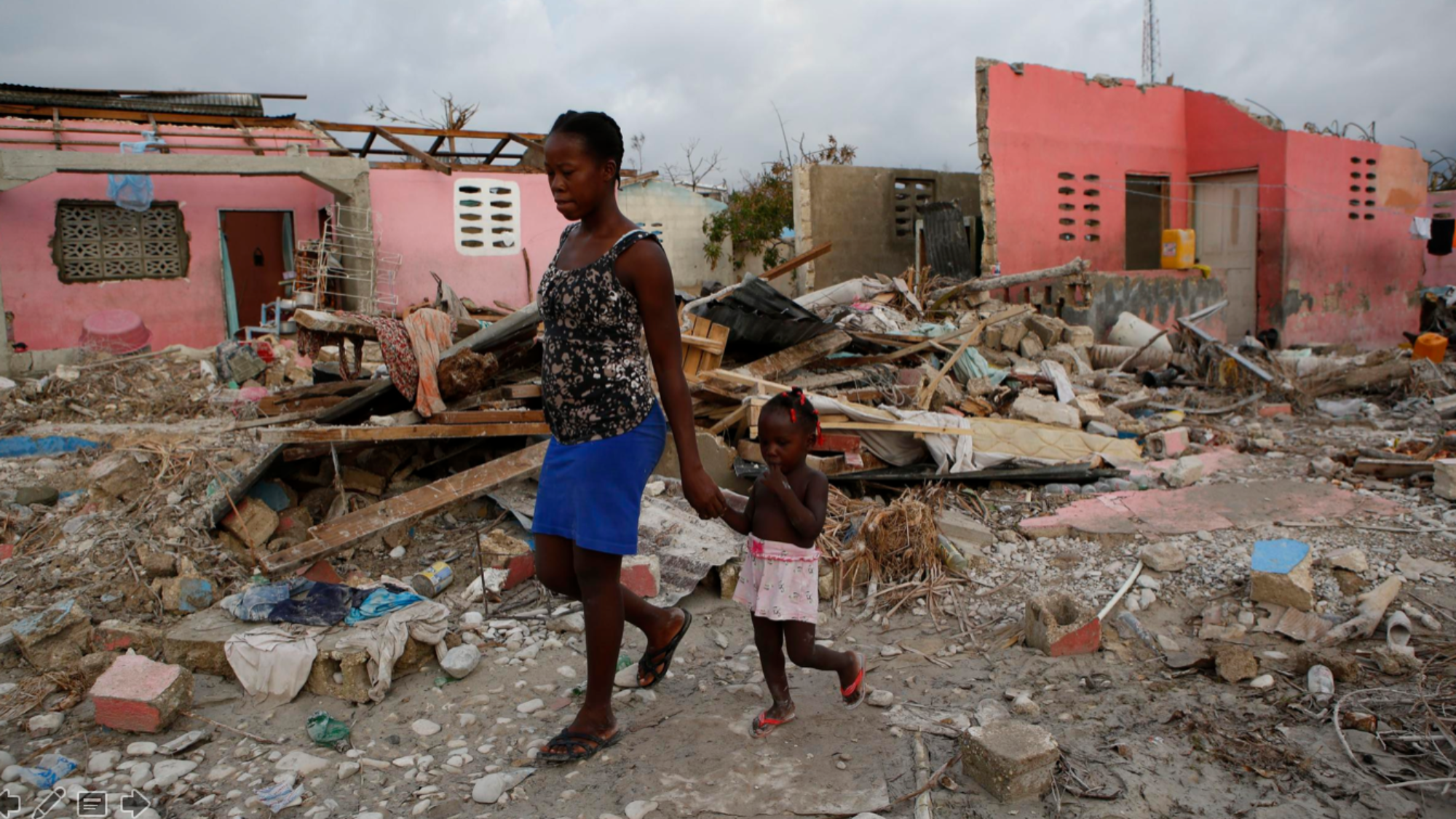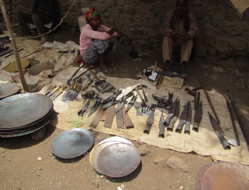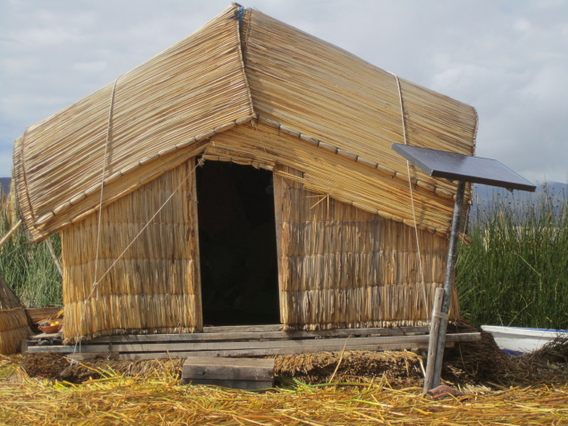Slow Climate Change, Reduce Poverty, Spread Entrepreneurial Development. Repeat. Often. Everywhere.
Part 3: Late to the Climate Change Game
Can a Newbie make a contribution?
I’ve come late to the earth-is-in-danger party. While I started thinking about clean technologies in 2008, I looked at it as a great business opportunity that could also bring much needed economic development. My mantra was: “Let’s take advantage of this huge business opportunity and diminish our dependence on fossil fuels from parts of the world that don’t like us.” I didn’t look beyond the business side of it.
My first trip to Africa taught me something else about climate change – its impact on the poor. Women and children in Ethiopian villages still spend much of their time walking to and from the village water well to fill buckets. And they literally farm their lands with the same type of tools we were using in the 1600’s. Ethiopia is not unique, like much of Africa, they farm with basic hand-made tools, partially because they don’t have access to cheap energy. Today, more than 500 million people in Africa alone still don’t have access to electricity.
These are the same people that suffer first and hardest from the effects of climate change. Storms. Drought. Flooding. These weather events are literally life-threatening. There’s no backup plan because they can’t afford Plan A, let along Plan B. The World Bank predicts that more than 100 million people will be thrust into poverty from climate change by 2030.
I’ve seen first-hand how a little bit of technology can change people’s lives. A 20-watt solar panel held on a thatched roof by some wire enables a family in Peru to do homework at night, to read at night, to listen to a radio. Electricity literally changes lives. And it changes our lives as well, since this family isn’t burning kerosene lamps that contribute to GHGs. These same micro sustainable technologies are beginning to be implemented in Kenya and Ethiopia and throughout Sub-Sahara Africa.
My “Aha!’ moment came when I connected these dots: there are two sides to climate change – the climate side and the economic side. IF we can help entrepreneurs get their sustainable technology products/technologies to the markets most in need, then we could fight climate change and poverty at the same time!
In the past 20 years, 4.2 billion people have been affected by weather- related disasters, including significant loss of lives. Developing countries are the most affected by climate impacts. (The World Economic and Social Survey 2016).
Poor people and poor countries are exposed and vulnerable to all types of climate-related shocks – natural disasters that destroy assets and livelihoods; waterborne diseases and pests that become more prevalent during heat waves, floods, or droughts; crop failure from reduced rainfall; and spikes in food prices that follow extreme weather events. (“Shockwaves: Managing the Impacts of Climate Change on Poverty”, 2016).
Impoverished communities tend to be more dependent on climate-sensitive sectors and natural resources for survival, so climate change poses an extreme threat on the livelihood, food security, and health of the poor; women are particularly vulnerable (The Science of Adaptation; a Framework for Assessment, Mitigation, and Adaptation).
In Africa today, more than 500 million people live without electricity. Without effective climate action, 100 million more people will live in extreme poverty by 2030. (Shockwaves, 2016)
Here’s a radical thought: climate change isn’t going to be solved only by scientists and engineers. In fact, if you’re a scientist or engineer, its best that you don’t read the next part of the story.
In Africa today, more than 500 million people live without electricity. Without effective climate action, 100 million more people will live in extreme poverty by 2030. (Shockwaves, 2016)
Here’s a radical thought: climate change isn’t going to be solved only by scientists and engineers. In fact, if you’re a scientist or engineer, its best that you don’t read the next part of the story.








